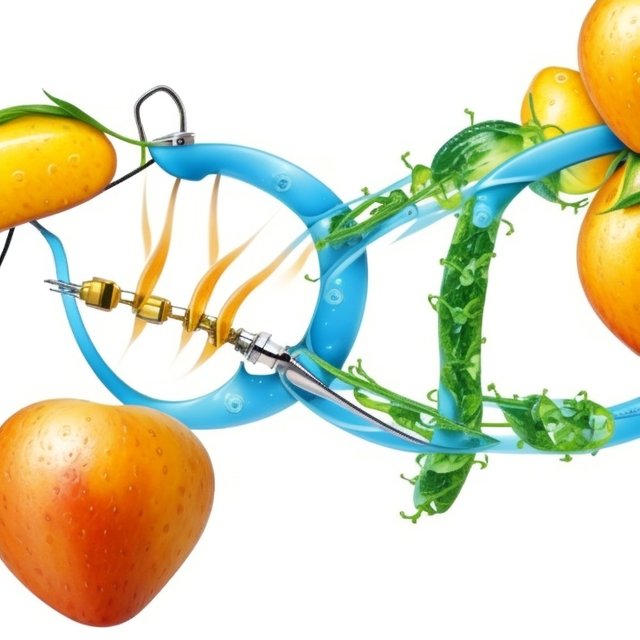Introduction:
Genetic engineering, once confined to the realms of science fiction, has now become a powerful reality, with the revolutionary CRISPR-Cas9 technology at its forefront. CRISPR-Cas9 allows scientists to edit and modify the genetic code of living organisms with unprecedented precision and efficiency. This groundbreaking tool has opened up a new era in genetic research, offering immense potential for advancements in medicine, agriculture, and other fields. However, with great power comes great responsibility, and the implications of genetic engineering raise ethical and societal questions that warrant thoughtful consideration.
Understanding CRISPR-Cas9:
CRISPR-Cas9 is a gene-editing technology derived from the bacterial immune system. It acts as molecular scissors, precisely cutting DNA at specific locations determined by a guide RNA. This process enables scientists to either remove, insert, or modify specific genetic sequences, offering a level of precision and control never before possible.
Implications in Medicine:
Disease Treatment: CRISPR-Cas9 holds immense promise in treating genetic diseases. Scientists are exploring its potential to correct genetic mutations responsible for conditions like cystic fibrosis, sickle cell anemia, and certain types of cancer.
Gene Therapy: CRISPR-Cas9 can be utilized in gene therapy to introduce beneficial genetic changes into cells, potentially curing inherited disorders and even providing immunity to certain viruses.
Precision Medicine: With gene editing, treatments can be tailored to an individual's unique genetic makeup, leading to more effective and personalized therapies.
Ethical Considerations:
Germline Editing: Germline editing, which involves modifying the genes of embryos, raises profound ethical questions about the potential for permanent changes in future generations and the risk of unintended consequences.
Off-Target Effects: The risk of unintended genetic changes due to off-target effects during gene editing raises concerns about the safety and accuracy of the technology.
Inequality: The accessibility of genetic engineering technologies may create disparities in healthcare, exacerbating existing inequalities.
Implications in Agriculture:
Crop Improvement: Genetic engineering can enhance crop resilience, yield, and nutritional content, contributing to global food security.
Pest Resistance: By introducing genetic modifications for pest resistance, farmers can reduce the use of harmful pesticides.
Environmental Concerns: The release of genetically modified organisms (GMOs) into the environment raises environmental impact and biodiversity concerns.
Looking to the Future:
As we continue to unlock the potential of genetic engineering, society must navigate the challenges and opportunities it presents. Transparency, open dialogue, and strict adherence to ethical guidelines are crucial in harnessing the power of CRISPR-Cas9 responsibly.
Regulation: Comprehensive and responsible regulation is essential to ensure the safe and ethical use of gene-editing technologies.
Public Engagement: Public understanding and engagement are vital for informed decision-making and shaping the direction of genetic research.
Global Collaboration: International collaboration fosters responsible practices, shared knowledge, and the equitable distribution of genetic advancements.
Conclusion:
Genetic engineering, powered by CRISPR-Cas9, has revolutionized our ability to edit the code of life. The potential for treating genetic diseases, improving agriculture, and driving medical advancements is profound. However, we must proceed with caution, considering the ethical, societal, and environmental implications that come hand in hand with this powerful technology. By navigating these challenges responsibly, we can harness the true potential of genetic engineering to benefit humanity while ensuring the ethical boundaries that protect the fabric of life itself.
